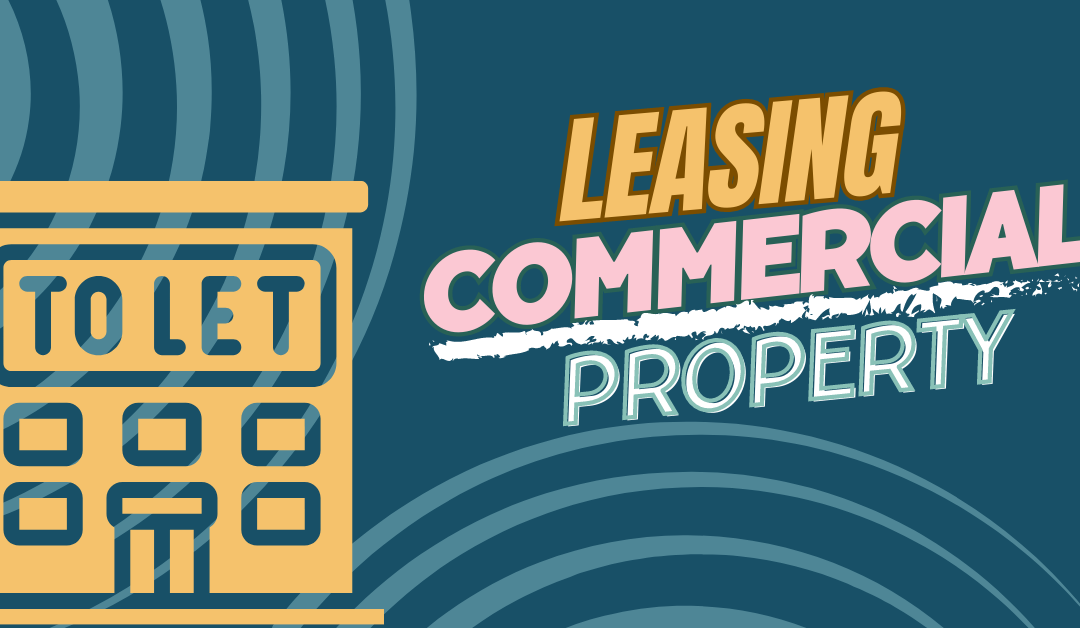In this guide, we will walk you through the essential steps to successfully lease commercial property, from negotiating terms to signing the lease agreement. Whether you’re a property owner looking to lease out your space or a prospective tenant seeking the right premises, this comprehensive guide will provide valuable insights into the commercial leasing process.
-
Understanding the Basics of Commercial Leasing
Commercial leasing involves renting out non-residential properties such as office spaces, retail units, warehouses, and industrial facilities. Unlike residential leases, commercial leases often come with unique terms, negotiations, and considerations.
-
Defining Lease Terms and Negotiations
Negotiating lease terms is a crucial aspect of the commercial leasing process. Both landlords and tenants should clearly define key terms, including the rental amount, lease duration, rent escalations, and any incentives such as rent-free periods. Negotiations are a give-and-take process, often involving multiple rounds of discussions to reach mutually acceptable terms.
-
Heads of Terms and Solicitors
Once initial lease terms are agreed upon, the parties create a document known as “heads of terms.” This outlines the key points of the lease agreement before it is formalized. Solicitors, play a vital role in drafting, reviewing, and finalizing the lease agreement. The involvement of solicitors ensures that the lease is legally sound and protects the interests of both parties.
-
Drafting the Lease Agreement
Drafting the lease agreement involves translating the agreed-upon terms into a legally binding document. This stage is detailed and can take several months, particularly for commercial properties with complex requirements. Solicitors work to ensure that the lease agreement is comprehensive, addressing areas such as rent payments, maintenance responsibilities, permitted uses, and tenant improvements.
-
Tenant Improvements and Considerations
Commercial tenants often require modifications to the leased space to align with their business needs. Landlords and tenants must outline any required tenant improvements in the lease agreement and explain who is doing the works, whether the landlord or the tenant. More often the tenants works will be outlined in a license to alter. This could include construction, renovations, or modifications necessary for the tenant’s operations. Clarity on who is responsible for funding, managing, and approving these improvements is crucial.
-
Security Deposits and Financial Considerations
Its standard that commercial lease require a security deposit to safeguard against potential damages or non-payment. Landlords should establish a separate business savings account to hold the deposit and ensure it is untouched unless specific circumstances arise. Interest earned on the deposit typically returns to the tenant at the end of the lease.
-
Executing the Lease Agreement
Once the lease agreement is finalized, both parties sign the document to make it legally binding. This step signifies the official commencement of the lease term. The tenant then gains access to the leased premises, and rent payments and any applicable service charges begin.
-
The Role of Schedule of Condition
Some tenants may request a schedule of condition, which documents the condition of the premises at the beginning of the lease. This can limit the tenant’s liability for repairs and maintenance, ensuring they only need to return the property in the same condition as when they took possession.
-
Tenant Move-In and Property Management
After the lease agreement is signed, tenants can move into the premises and begin their operations. Landlords or property managers are responsible for overseeing the property, addressing any maintenance or repair needs, and maintaining a positive landlord-tenant relationship.
-
Considerations
Leasing commercial property is a strategic venture that demands thorough preparation, negotiation skills, and legal guidance. Whether you’re a property owner seeking to attract tenants or a business looking for the right space, mastering the art of commercial leasing can lead to mutually beneficial arrangements and fruitful long-term partnerships.




